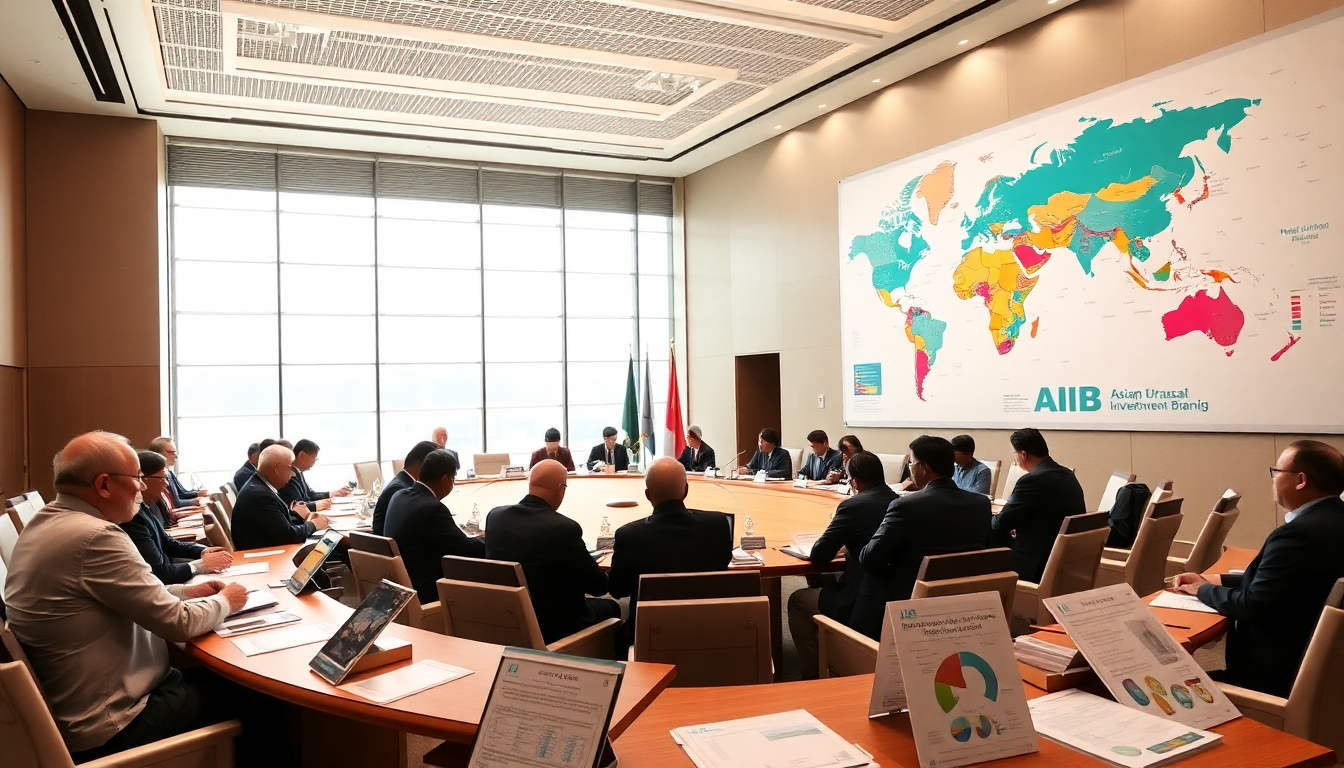Table of Contents
The Asian Infrastructure Investment Bank (AIIB) is making waves in the world of global finance, particularly when it comes to infrastructure development. Born out of a climate of geopolitical tensions and skepticism—especially from Western nations—the AIIB is on a mission to redefine traditional approaches to international development. With a leadership change on the horizon, what direction will the bank take? The answer could have significant implications for economic collaboration and infrastructure investment, not just in Asia, but globally.
AIIB’s Core Mission: Prioritizing Infrastructure over Poverty
From day one, the AIIB has made its priorities clear: it’s all about infrastructure rather than direct poverty alleviation. Why is this the case? The bank recognizes that strong infrastructure is crucial for economic growth and stability. By focusing on projects that boost connectivity, energy supply, and urban development, the AIIB aims to create economic opportunities rather than simply providing humanitarian aid.
Jin Liqun, the current president of the AIIB, has been vocal about this vision. He emphasizes that the bank isn’t trying to disrupt the existing financial order; instead, it wants to complement it. This is a message that resonates with many developing nations, which see infrastructure as a necessary stepping stone for sustainable growth. The AIIB’s membership has expanded from 57 to over 110 countries—a clear indication of the growing recognition and support for its mission.
China’s Ambitions and the Global Perspective
While the AIIB undoubtedly serves as a platform for China’s ambitions in global finance, it also faces a fair amount of skepticism, particularly from wealthier Western nations. Critics often wonder if China’s approach can genuinely foster global peace and prosperity or if it’s merely a strategy to extend its influence. The bank’s challenge will be to navigate these perceptions while staying true to its mission.
The AIIB’s broad membership, including many countries that are in dire need of strong infrastructure investment, signals a shift in the global view of development. It underscores an increasing recognition that investing in infrastructure is key to driving economic growth. As the bank continues to develop partnerships and initiate projects, it must carefully balance its national interests with the pressing needs of the global community.
What the Future Holds for International Development
The AIIB’s infrastructure-first focus might lead to major changes in how development projects are funded and executed on a global scale. Traditional financial institutions, often dominated by Western powers, may need to rethink their strategies to adapt to a new landscape where infrastructure investment takes center stage. This could open the doors to a broader range of funding sources, allowing developing countries to pursue long-overdue projects.
Looking ahead, the AIIB’s influence in international development is expected to rise, especially as the world faces the dual challenges of climate change and economic inequality. The bank has the potential to lead the way in funding sustainable infrastructure projects, positioning itself as a key player in tackling these urgent global issues. However, its success will hinge on building trust and collaboration among its member nations while demonstrating a genuine commitment to equitable development. So, will the AIIB rise to the occasion? Only time will tell!


